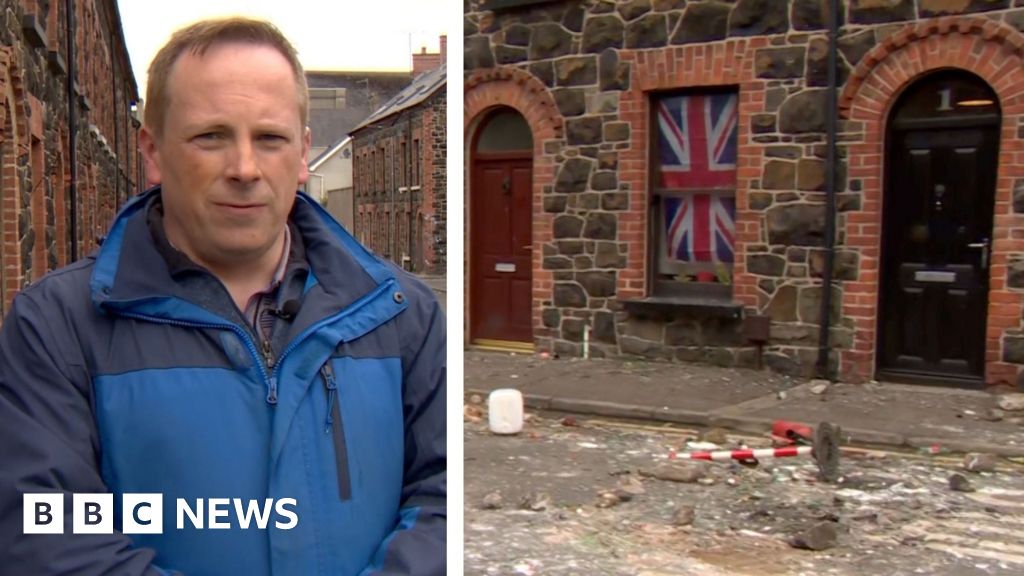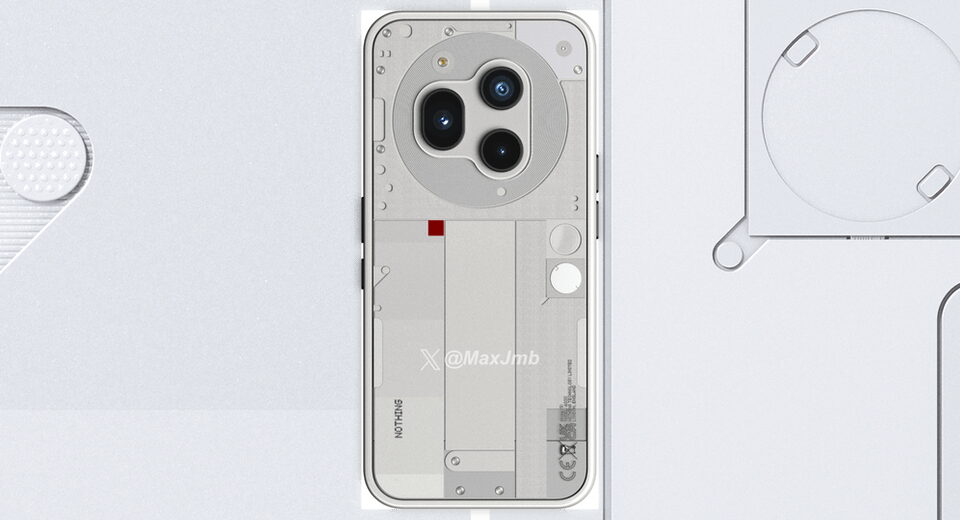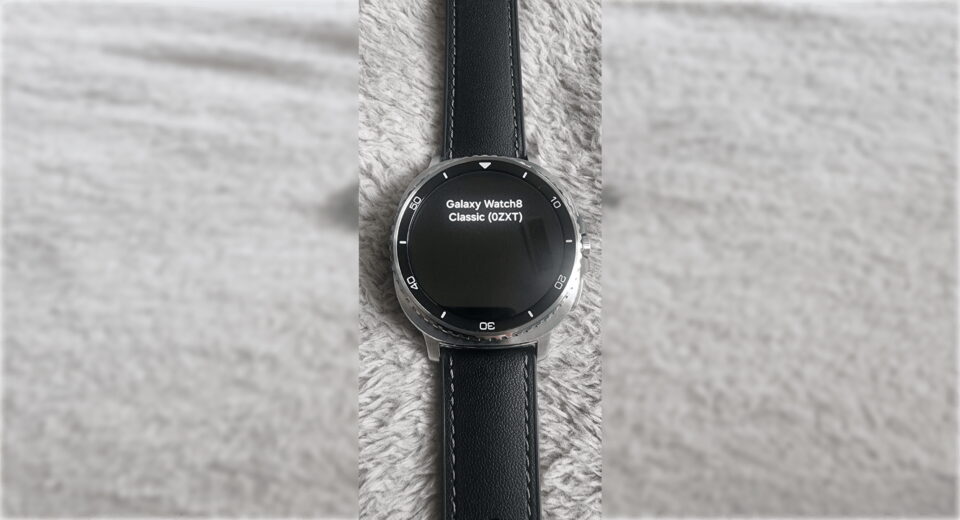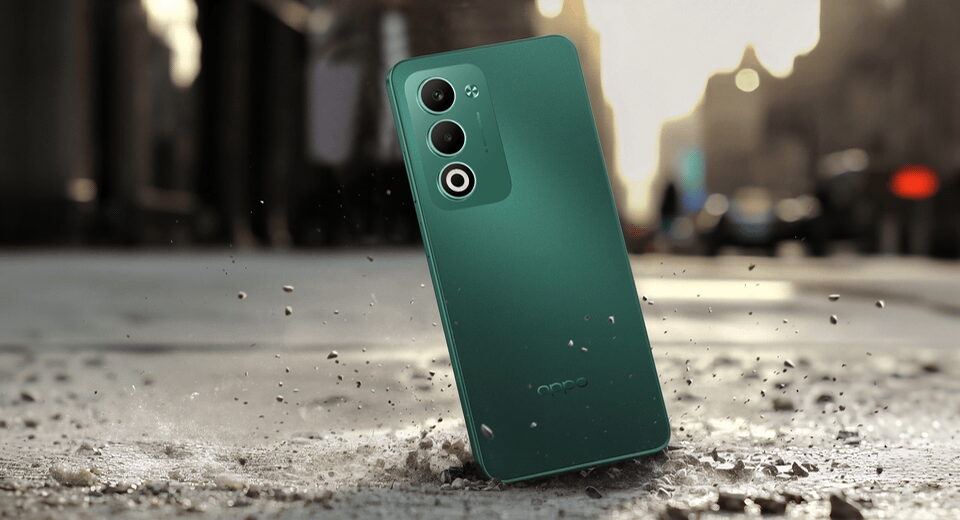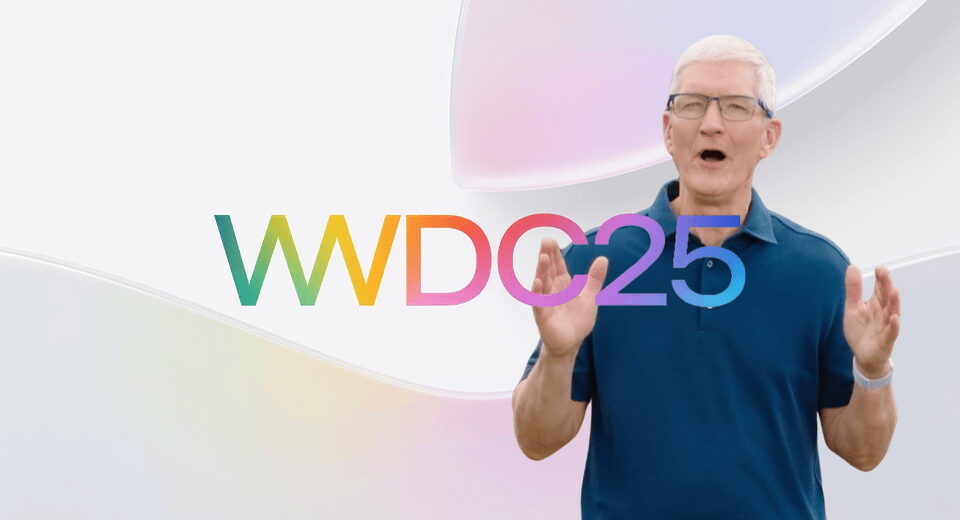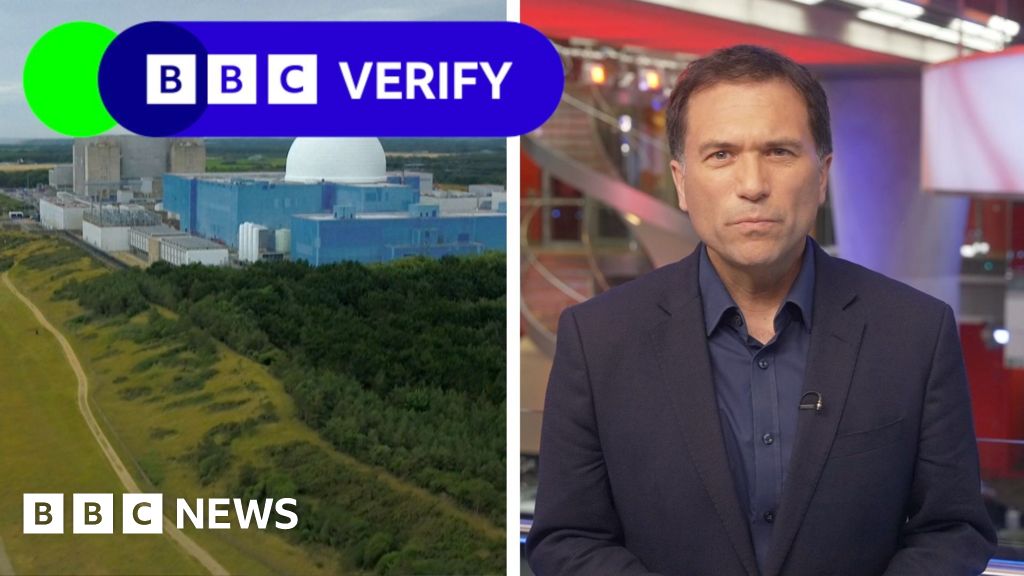Show HN: High End Color Quantizer
patolette is a C / Python color quantization and dithering library.
At its core, it implements a weighted variant of Xiaolin Wu's PCA-based quantizer (not to be confused with the popular one from Graphics Gems vol. II, which is already available here).
Some of its key features are:
- Avoids axis-aligned subdivisions
- Supports the CIEL*u*v* and ICtCp color spaces
- Optional use of saliency maps to give higher weight to areas that stand out visually
- Optional KMeans refinement
The library is still in need of a ton of improvements and most definitely not ready for production use, but it's already very useable.
Installation
A PyPI package is not yet available. Until then, installation is manual but it should hopefully be painless 🤞
If you do face any obstacles building / installing, please submit an issue! 🙏
Note for x86
patolette ships a slightly modified version of faiss to aid with an optional KMeans refinement step. You can use the CMAKE_ARGS environment variable to specify an instruction set extension for it to be built with. If your CPU supports any of the AVX extensions, you can drastically increase KMeans performance.
For example, if your CPU supports AVX512
export CMAKE_ARGS="-DOPT_LEVEL=avx512"
The following will build the wheel and install it in the currently active virtual environment.
Linux (Debian)
# Clone repository git clone https://github.com/big-nacho/patolette.git cd patolette # Install dependencies apt install libopenblas-openmp-dev libflann-dev # Optional: set OPT_LEVEL (check Note for x86 section) # Accepted values are "generic", "avx2", "avx512", "avx512_spr", "sve" export CMAKE_ARGS="-DOPT_LEVEL=avx512" # Build and install wheel pip install .
Note on OpenBLAS: although any variant should in theory work, libopenblas-openmp-dev is recommended. If you have multiple variants installed, you may need to run the following before building for it to be linked properly.
sudo update-alternatives --set libblas.so.3-x86_64-linux-gnu /usr/lib/x86_64-linux-gnu/openblas-openmp/libblas.so.3 sudo update-alternatives --set liblapack.so.3-x86_64-linux-gnu /usr/lib/x86_64-linux-gnu/openblas-openmp/liblapack.so.3
macOS
# Clone repository git clone https://github.com/big-nacho/patolette.git cd patolette # Install dependencies brew install libomp flann # Make sure system clang is used. If you use brew's clang # you may run into libstdc++ issues export CC=/usr/bin/clang export CXX=/usr/bin/clang++ # Let CMake find OpenMP export OpenMP_ROOT=$(brew --prefix)/opt/libomp # Build and install wheel pip install .
Windows
Windows is of course a world of pain (but hey, no judgement if you're into that sort of thing ⛓️).
Small note: MSVC doesn't like building faiss with AVX512. Stick to AVX2 if you're building with an instruction set extension on, at least until that's fixed. If you don't know what I'm talking about check Note for x86.
The following may vary for you here and there, but mostly you should be able to build and install the wheel following these steps:
First, you need pkg-config or CMake won't find flann.
You can get it here or you can install pkgconfiglite using choco (that's what I did).
Then you need to get flann and OpenBLAS. You can do this in a variety of ways but an easy one is to use conda. You can get (Mini)conda here.
With conda installed, open Anaconda Prompt and type
# Install dependencies conda install conda-forge::openblas conda-forge::flann # Get conda prefix echo %CONDA_PREFIX%
CONDA_PREFIX will give you the prefix for your conda installation. Keep it around.
After that, the following will build the wheel and place it inside a dist folder.
# Clone repository git clone https://github.com/big-nacho/patolette.git cd patolette # If CONDA_PREFIX = C:\miniconda3 then replace with C:\\miniconda3 (use double backslashes) $env:CMAKE_ARGS = "-DCMAKE_PREFIX_PATH={CONDA_PREFIX}\\Library" # Optional: set OPT_LEVEL (check Note for x86 section) $env:CMAKE_ARGS = $env:CMAKE_ARGS + " " + "-DOPT_LEVEL=avx2" # Install build module pip install build # Build wheel python -m build
Now, you can't just install that wheel, because .dll files won't be found at runtime. First you need to repair it. The following will repair and install the built wheel in your currently active virtual environment.
# Install delvewheel pip install delvewheel # Repair wheel delvewheel repair --add-path {CONDA_PREFIX}\\Library\\bin dist\\*.whl # Install repaired wheel pip install wheelhouse\\{WHEEL_NAME}.whl
Basic Usage
The library doesn't take care of image decoding / encoding. You need to do that yourself. In the below example the Pillow library is used, but you can use whatever you want.
You can find more details on each parameter in the docstrings for the quantize function.
import numpy as np from PIL import Image from patolette import quantize, ColorSpace_ICtCp path = 'image.png' # Read image img = Image.open(path) img = img.convert(mode = 'RGB') width = img.width height = img.height img = np.asarray(img) # Get colors (they should be in sRGB[0, 1] color space) colors = img.reshape((-1, 3)).astype(np.float64) colors /= 255 # Quantize success, palette, palette_map, message = quantize( width, height, colors, 256, # If you want progress console output verbose=True, # The following are all defaults dither=True, palette_only=False, color_space=ColorSpace_ICtCp, tile_size=512, kmeans_niter=32, kmeans_max_samples=512 ** 2 ) if not success: print(message) exit() # Palette is returned in sRGB[0, 1] color space palette *= 255 palette = np.clip(palette, 0, 255) palette = palette.astype(np.uint8) # Save result # NOTE: if you're trying to reduce file size, # you may want to save a palette-based PNG instead quantized = palette[palette_map].reshape(img.shape) quantized = Image.fromarray(quantized) quantized.save('result.png')
Color Spaces
Three different color spaces are supported for the palette generation step. The following are rules of thumb you can go by, but experiment and see what works best for you.
CIEL*u*v*: generates exceptionally high quality color palettes and it's the best choice for very low color counts. However, it creates the least smooth results and performs poorly on some hues.
sRGB: outputs relatively smooth results (and it's the most consistent in this regard) but it generates the lowest quality color palettes and it's not that well suited for lower color counts.
ICtCp (default): a good tradeoff between the two former. Generally, it generates slightly smoother results than sRGB, but it's a little bit less consistent, and the quality of the color palettes it generates is quite good.
Tile Size
patolette optimizes against size-weighted variance during the palette generation stage (the same way KMeans and other quantizers of similar nature do). This however comes with the known issue of large clusters dominating small, well defined ones.
The tile_size parameter can be used to mitigate this issue. When non-zero, an extra step is introduced in the pipeline. A saliency map is computed and used to weight samples based on how much they stand out visually. The lower the tile size, the stronger the effect. The default tile size is 512.
Below is a quick showcase.
top-left: input image
top-right: saliency map
bottom-left: quantized with no saliency map
bottom-right: quantized with saliency map.
Caveats
Memory Usage
The main priority for v1 is to reduce memory consumption, at the moment it is quite high. If you limit yourself to quantizing images up to 4k resolution you're on the pretty safe side, but if you go above 6k you may start going into the danger zone depending on your system. Below is a chart depicting memory usage for different resolutions (including the space needed for the storage of the input image).
Speed
It's not nearly as fast as it could be yet, but will most likely stay slow compared to fast methods like median cut / octree, etc. Below is a chart with execution times for some resolutions, quantizing to 256 colors (ICtCp), with saliency maps and dithering on. Testing was performed on an 11 core Apple M3 Pro CPU.
Using From C
Until v1 is ready, the C API is incomplete. Mainly, support for weighted quantization via saliency maps is not there, so you won't find a tile_size parameter. It does however allow you to supply your own weights if you want.
No RGBA support
For the time being, images with transparency are not supported, though if you have the pretty common use case of subject + fully transparent background, you can always fake it yourself by using a mask, but results may not be optimal.
Acknowledgements
This library stands on the following works / projects.
Color Quantization by Dynamic Programming and Principal Analysis, Xiaolin Wu [1]
Minimum Barrier Salient Object Detection at 80 FPS, Jianming Zhang, Stan Sclaroff, Zhe Lin, Xiaohui Shen, Brian Price, Randomír Mech [2]
Riemersma Dithering [3]
Thanks, Anna ❤️
What's Your Reaction?
 Like
0
Like
0
 Dislike
0
Dislike
0
 Love
0
Love
0
 Funny
0
Funny
0
 Angry
0
Angry
0
 Sad
0
Sad
0
 Wow
0
Wow
0


